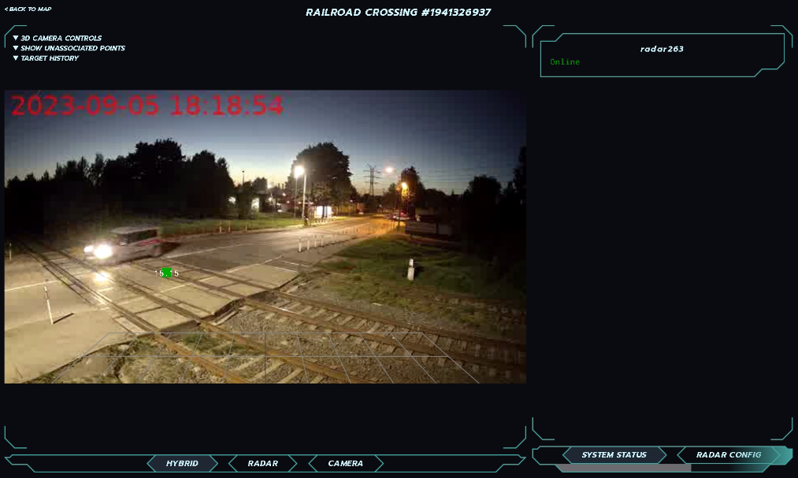

The Automated Level Crossing Supervision System, or PAKS, is a project of the Institute of Electronics and Computer Science Institute (EDI). The goal of the Project – to prepare for commercialization a Automated railway level crossing control system that can provide a safe and secure crossing process and significantly diminish the possibility of accidents on level crossings. The technical solution is based on FMCW radar technology, this technology allows to detect movement direction and velocity of different objects on large ranges with high precision. Usage of several transmitters, receivers and antennas combinations allow to measure movement angle tie-up to radar and get information about the objects size, location and movement speed. In the programme, Kristaps Greitans (Kristaps Greitāns), Research Assistant at EDI, explained the key benefits of this technology. Pointing out that one of the main advantage is the integration possibility into existing level crossings, thus improving the efficiency of level crossing safety monitoring, at a lower cost than if, for example, they needed to be rebuilt for such. This technology that the Team at EDI works on combines two types of sensors, integrating a CCTV camera and an FMCW radar in a single housing. Important to note, that the usage and application of this technology is not just limited to railway crossings, but also onto other critical infrastructure such as bridges, viaducts and tunnels. The main benefit of this radar is its ability to detect objects even in visually challenging conditions like fog and limited light. First tests have also been carried out in cooperation with Latvian Railways (Latvijas dzelzceļš). These radars can be linked to existing surveillance cameras, and the radar sends the information received at the railway crossing to the dispatch center, where in turn, the dispatch team can quickly assess the situation and decide whether to apply the emergency brakes to the train and inform the conductor. Work is still ongoing to minimize error messages, which can be caused by birds or irrelevant foreign objects on the tracks. More information on the PAKS project can be found at: https://www.edi.lv/en/projects/automated-railway-level-crossing-control-system-paks/

In the second part of the interview, EDI Director and Senior Researcher Modris Greitans (Modris Greitāns), stated why there are still no self-driving cars on the streets. Although automation has been in the works for almost 100 years, the process is moving forward, but there are still things to be solved. Greitans explained that it is necessary to understand that the journey from a fully human-controlled car to one where the passenger has no responsibility is a gradual one. Driving aids such as automatic adaptive cruise control, automated braking before obstacles, lane following and more are already in place. However, the legal challenges of whether and which self-driving cars are allowed on the road, who is responsible for their actions, including the certification issues of self-driving cars’ “artificial intelligence” are still unresolved. In the broadcast Greitans also presented current EDI projects in smart mobility that you can read here: https://www.edi.lv/en/smart-mobility/